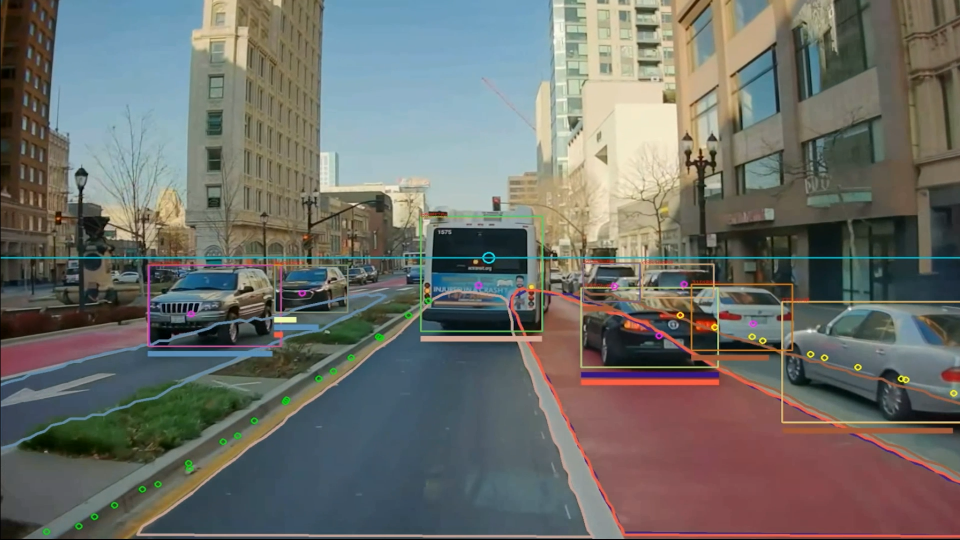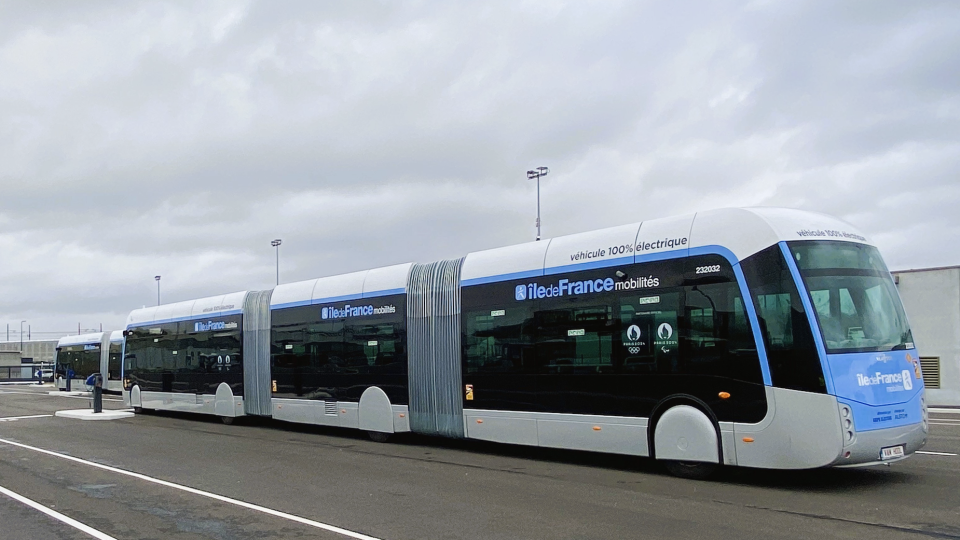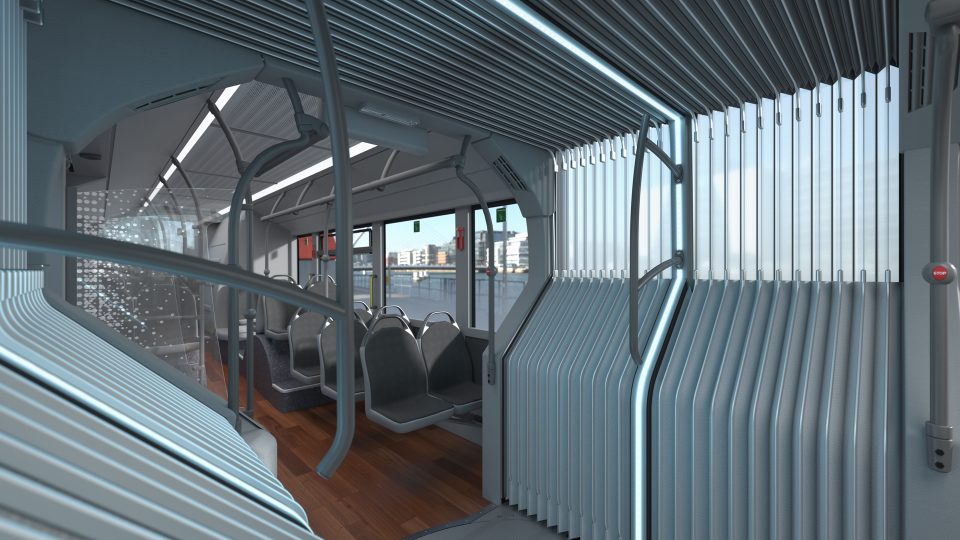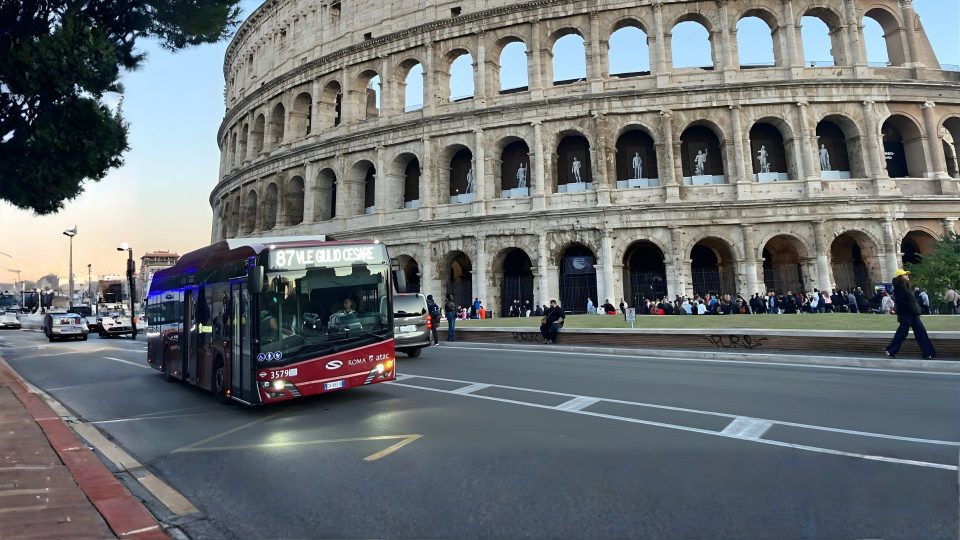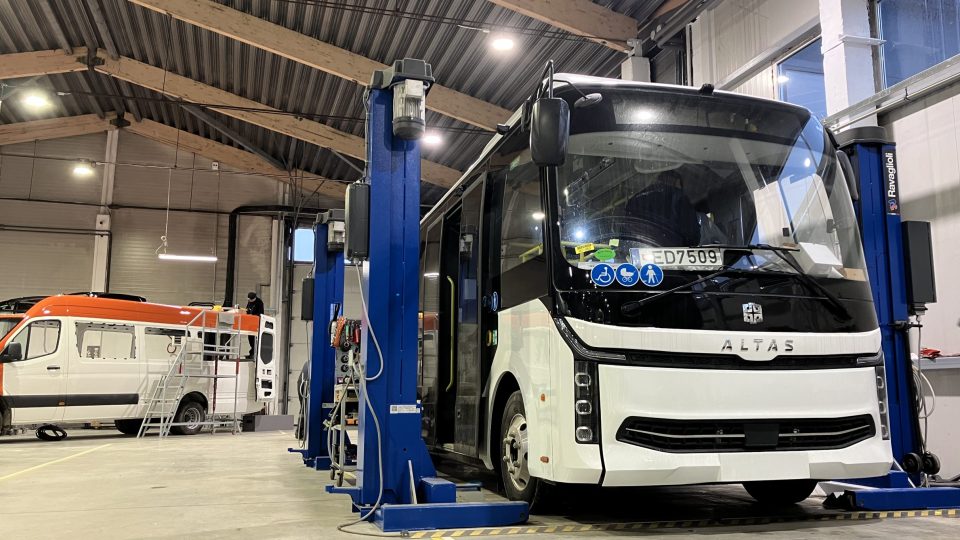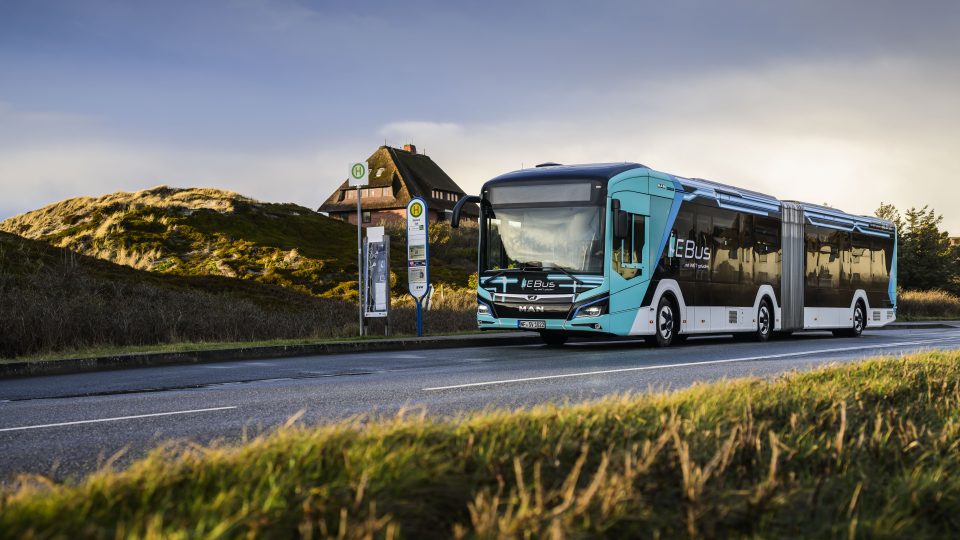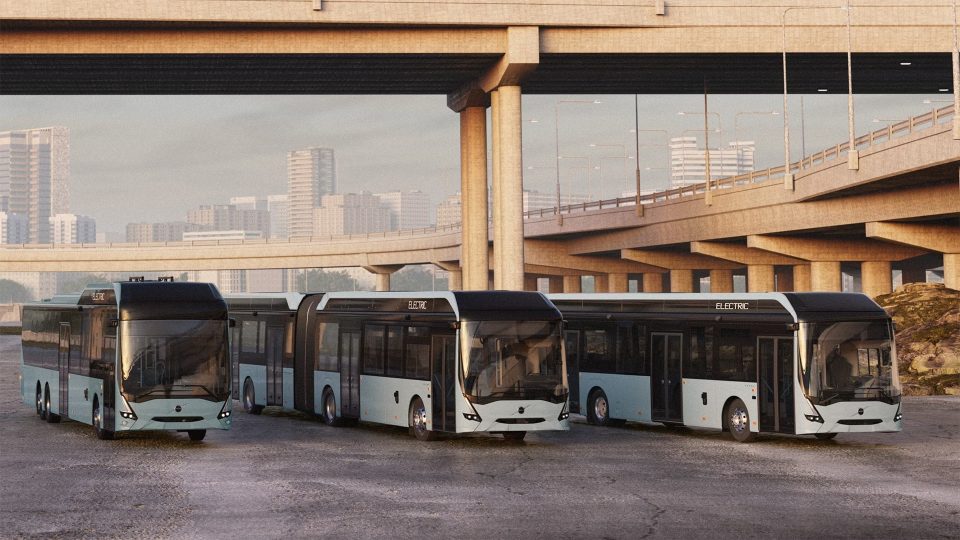81% of all Europeans use public transport for day-to-day travel, according to GART / UTPF study presented at EuMo
81% of all Europeans use public transport for day-to-day travel, making it the leading mode of transport in urban environments. However, there are differences between the capitals when it comes to the type of transport used, accessibility, and incentive measures. Beyond this, 95% of those living in European capitals are less than fifteen minutes’ walk […]
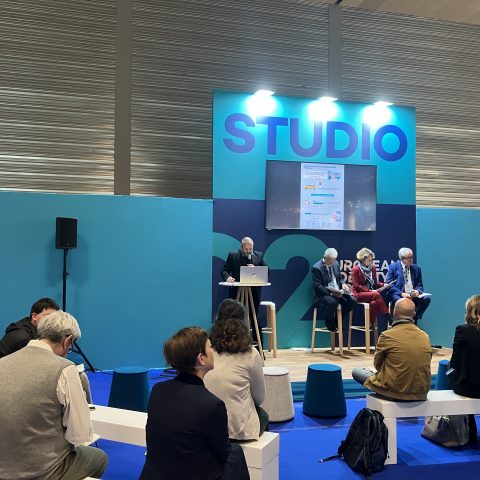
81% of all Europeans use public transport for day-to-day travel, making it the leading mode of transport in urban environments. However, there are differences between the capitals when it comes to the type of transport used, accessibility, and incentive measures. Beyond this, 95% of those living in European capitals are less than fifteen minutes’ walk from a public transport stop or station; for over half of them, one is less than five minutes away.
French public transport GART and UPF, together with European Mobility Expo organizer GIE Objectif transport public, have announced during the opening day of EuMo (taking place in Strasbourg from 1 to 3 October) the results of an exclusive survey carried out in partnership with opinion pollsters IFOP.
Conducted in five European capitals (Berlin, Madrid, Paris, Stockholm and Warsaw), the survey offers a detailed overview of how people use and perceive public transport and a comparison of urban mobility practices across Europe.
The survey identifies a number of factors that could encourage those that don’t use public transport to do so. Comfort and safety were the main determining factors cited by respondents, closely followed by service frequency. One noteworthy finding is that while cost and environmental impacts are deemed significant, they are not the priority criteria (although respondents did say they were influenced by promotional offers).
Public transport: at the heart of everyday travel
The survey reveals that 81% of the respondents across Europe use public transport for day-to-day travel, with the highest proportion in Paris; almost half of all respondents say it is their first option when travelling. Despite this, 56% of respondents still use individual motorised transport and 32% continue to prefer it to all other options. These figures underline the importance of developing effective strategies to persuade commuters to adopt mass transit solutions, especially in Madrid and Warsaw, where over half of the population (54% and 55% respectively) still use their car most of the time.
The survey also highlighted the importance of having public transport stations and stops nearby. 95% of those living in European capitals are less than fifteen minutes’ walk from a public transport stop or station; for over half of them, one is less than five minutes away.
There are disparities, though: in Warsaw, access to public transport is more limited, and the figure falls to 44%, the study found.
The findings of the survey reveal a number of ways of promoting more sustainable mobility in European cities. While they confirm that public transport is widely used, the findings also show there is still room for improvement, in particular by inciting solo car users to adopt lower-carbon modes of transport. Accessible, safer and more pleasant public transport, better passenger information and the development of digital tools all emerge as key ways of encouraging this transition.
What counts as an acceptable walking distance also varies considerably between capitals: residents of Berlin are not keen on walking more than 15 minutes, whereas Parisians are willing to walk 30 minutes or more.
The survey identifies a number of factors that could encourage those that don’t use public transport to do so. Comfort and safety were the main determining factors cited by respondents, closely followed by service frequency. One noteworthy finding is that while cost and environmental impacts are deemed significant, they are not the priority criteria (although respondents did say they were influenced by promotional offers).
Digital incentives to use public transport?
Digital technology plays a key role in the use of public transport. Over 80% of respondents use digital resources to plan and organise their travel; almost half of them use public transport operators’ apps or websites. In Madrid and Warsaw, people are more likely to use automatic ticket machines but concede that digital solutions could encourage them to use public transport more. Those that do not use public transport are less aware of the benefits of this type of solution; their leading concern is that these solutions are too complicated.
The findings of the survey reveal a number of ways of promoting more sustainable mobility in European cities. While they confirm that public transport is widely used, the findings also show there is still room for improvement, in particular by inciting solo car users to adopt lower-carbon modes of transport. Accessible, safer and more pleasant public transport, better passenger information and the development of digital tools all emerge as key ways of encouraging this transition. At a time when sustainable mobility is becoming a pressing need, the study offers practical pathways towards more attractive public transport – and less congested and polluted cities.

